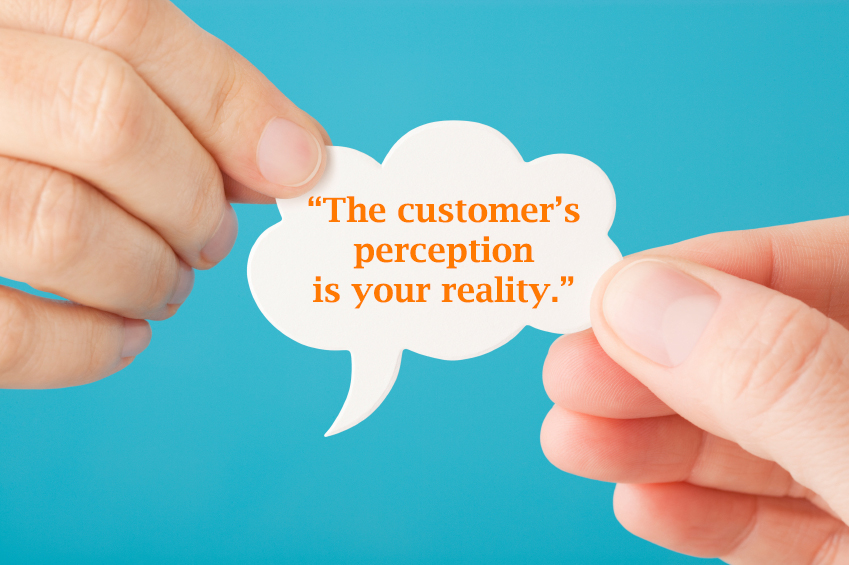In this new Age of the Customer, accessibility to a business through online content is nonnegotiable.
Four years ago, we asked this question about e-commerce: How much of your small business’ annual revenue comes from online sales?
 · Five percent said all revenue came from e-commerce.
· Five percent said all revenue came from e-commerce.
· Fourteen percent said more than half of their sales came from the Internet.
· A little more than fifty percent said e-commerce represented less than 50% of total sales.
· Twenty-five percent said they had no online sales at all.
E-commerce has been around for a big chunk of the commercial Internet age, which began in 1995 when unencumbered access to the Internet was fully allowed. In terms of historical marketplace practices, e-commerce is just a baby. So I’m actually quite pleased with the mix of responses we received as it indicates 75% of small businesses are generating some e-commerce revenue.
But over the next five years, there will be significant increased pressure to generate online sales.
According to the research firm Forrester, online sales will reach $248.7 billion in the next five years, accounting for 8 percent of total U.S. retail sales by 2014. But the next statistic may be more important (read: ominous) for small businesses.
Forrester also predicts that by 2014, over half of all retail sales will be influenced by online product and company research before customers make a purchase. The reason this stat is so significant is because of another piece of research that produced this astonishing number: Half of small businesses DO NOT have a website.
Regardless of size or industry, no business can expect to be successful in the future without a web presence. Even if you don’t sell online, you MUST be available online so prospects can find you the way people are looking today. Here are two words that make having a website even more of an imperative: local search.
Local search is increasingly replacing the phone book or dialing 411. Even when customers don’t expect a business to have e-commerce capability, like a restaurant or dry cleaners, they do expect to be able to find you online, with product offerings, directions and a clickable phone number.
If you don’t have a website, get one; today you can actually get a simple one for free. And unless you sell nuclear products or Stinger missiles, please, find a way to offer e-commerce to your customers; It’s not free, but it’s no longer cost-prohibitive.
Serving customers online is not an option, it’s an imperative.






 ever mind how valuable these employees were or if those cuts would hurt the company’s long-term performance; the quickest way to increase profits was to cut payroll.
ever mind how valuable these employees were or if those cuts would hurt the company’s long-term performance; the quickest way to increase profits was to cut payroll.






